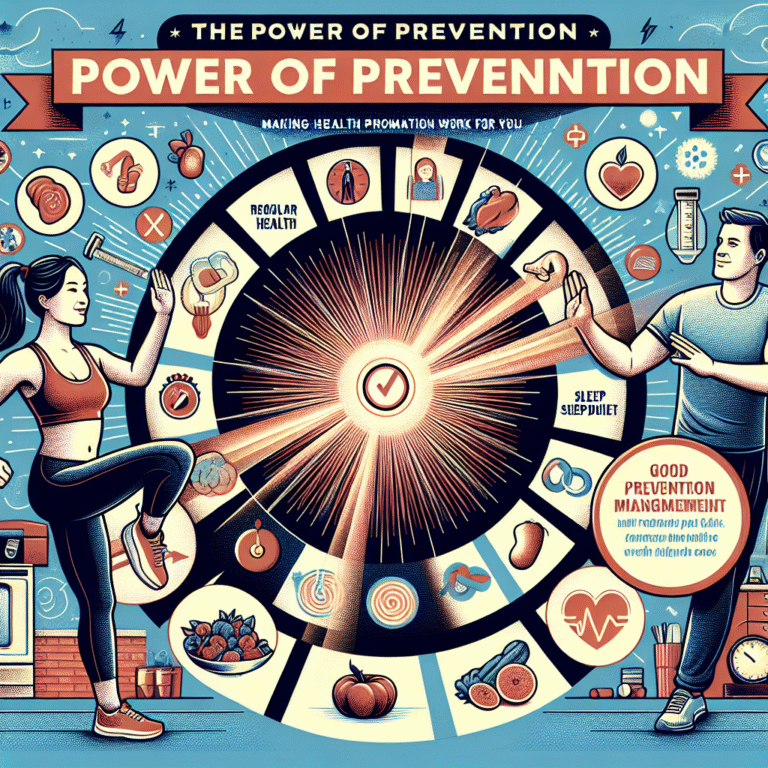
Introduction
In a world marked by unpredictability, the importance of mitigating risk cannot be overstated. Organizations face an array of challenges, from financial uncertainties to technological disruptions. Recognizing the significance of comprehensive risk assessment is essential for businesses aiming to thrive. By identifying potential threats and implementing proper strategies, companies can safeguard their future. This article delves into mitigating risk: best practices for comprehensive risk assessment, equipping you with actionable insights to protect your organization.
Understanding Risk Assessment
What is Risk Assessment?
At its core, risk assessment is the process of identifying, evaluating, and prioritizing risks associated with any organization or project. This involves assessing both internal and external factors that could impact performance.
Why is Comprehensive Risk Assessment Important?
Conducting a thorough risk assessment allows organizations to anticipate issues before they arise. By identifying various risks—be they financial, operational, technological, or reputational—companies can take proactive measures to mitigate risk effectively.
Common Types of Risks
- Financial Risks: Fluctuations in markets, credit risks, and operational costs.
- Operational Risks: Breakdown in processes or systems leading to operational inefficiencies.
- Technological Risks: Cyber threats and data breaches.
- Reputational Risks: Negative publicity affecting brand value.
Best Practices for Comprehensive Risk Assessment
1. Establish a Risk Management Framework
A structured framework is essential for effective risk assessment. This framework should align with your organization’s strategic goals and be adaptable to changing environments.
- Example Frameworks: ISO 31000, COSO ERM.
Case Study:
A financial services firm implemented the ISO 31000 framework, resulting in a 20% reduction in losses due to better risk identification and management processes. This adaptation not only shielded them from potential financial pitfalls but also enhanced stakeholder trust.
2. Involve Stakeholders
Collaboration is key. Involving various stakeholders—from management to employees—ensures that all perspectives are considered.
Analysis: Engaging diverse teams leads to a holistic understanding of risks and often unveils hidden vulnerabilities within organizational processes.
3. Utilize Advanced Technology
Incorporating technology such as AI and machine learning in your risk assessment can provide significant advantages. These tools can analyze vast amounts of data to identify potential risks more accurately and quickly.
Table 1: Comparison of Risk Assessment Tools
| Tool | Advantages | Disadvantages |
|---|---|---|
| Manual Methods | Cost-effective, human insights | Time-consuming, prone to errors |
| AI-Powered Tools | Fast, accurate data analysis | High initial investment, complexity |
| Software Suites | Comprehensive features | May require training |
4. Regularly Review and Update Risk Assessments
Risk landscapes are constantly evolving. Regular reviews ensure that your risk assessments are current and relevant.
Case Study: A leading tech company conducted quarterly reviews of its risk assessments, which allowed them to swiftly respond to emerging cybersecurity threats.
5. Foster a Risk-Aware Culture
Encouraging a culture that prioritizes risk awareness can significantly enhance your organization’s resilience. Training and workshops can keep employees informed and vigilant.
Analysis: Companies with a strong risk-aware culture experience better preparedness and lower incident rates.
6. Implement a Risk Prioritization Process
All risks are not created equal. A prioritization process helps focus efforts on the most critical risks.
Methods for Prioritization:
- Risk Matrix: Assessing risks based on likelihood and impact.
- Cost-Benefit Analysis: Evaluating the costs of mitigating risks against the potential losses.
7. Document Everything
Thorough documentation is crucial for tracking risks, actions taken, and outcomes. This not only helps in post-event analysis but also serves as a reference for future assessments.
Table 2: Essential Elements of Risk Documentation
| Element | Description |
|---|---|
| Risk Description | Detailed explanation of the risk |
| Mitigation Actions | Steps taken to mitigate the risk |
| Responsible Parties | Individuals or teams accountable for monitoring |
| Review Dates | Schedule for future reviews and updates |
8. Utilize Best Practices for Specific Risks
Different risk types require tailored approaches. For instance, cybersecurity risks necessitate specific measures like regular penetration testing and employee education programs.
Case Study: A logistics company implemented cybersecurity training for its employees after experiencing a data breach. This proactive training decreased incidents by 80%.
9. Communicate Effectively
Clear communication of risks and mitigation strategies is vital. Employees need to understand their roles in the risk management process.
Analysis: Successful communication fosters collaboration and ensures that everyone is on the same page regarding risk management efforts.
10. Set Clear Metrics for Success
Identify key performance indicators (KPIs) to measure the effectiveness of your risk mitigation efforts. This helps gauge governance and compliance, ultimately leading to more robust risk management.
Conclusion
In an unpredictable world, mitigating risk is not just a safety net; it’s a pathway to resilience and sustainability. By implementing the best practices outlined in this article, organizations can fortify themselves against potential threats. The key is not just to survive but to thrive amid uncertainty. Equip your organization with a comprehensive risk assessment strategy, foster a risk-aware culture, and be proactive in your approach!
FAQs
1. What is the first step in conducting a risk assessment?
The first step is identifying the scope of the assessment, including what areas or processes you need to focus on.
2. How often should risk assessments be conducted?
Risk assessments should be reviewed and updated regularly, at least annually, or whenever a significant change occurs within the organization.
3. What are some common tools for risk assessment?
Common tools include risk matrices, software suites, and advanced analytical tools that utilize AI and machine learning.
4. How can employee engagement enhance risk management?
Engaged employees who understand risk processes can better identify and report potential risks, creating a more informed and responsive organizational culture.
5. Can small businesses benefit from risk assessments?
Absolutely! Small businesses may be more vulnerable to risks and should conduct comprehensive risk assessments to safeguard their operations and reputation.
By adopting these methodologies, organizations can significantly enhance their risk management strategies. Remember, the goal is not just to mitigate potential losses but to cultivate a resilient organization that is adaptable and prepared for whatever challenges may arise.















